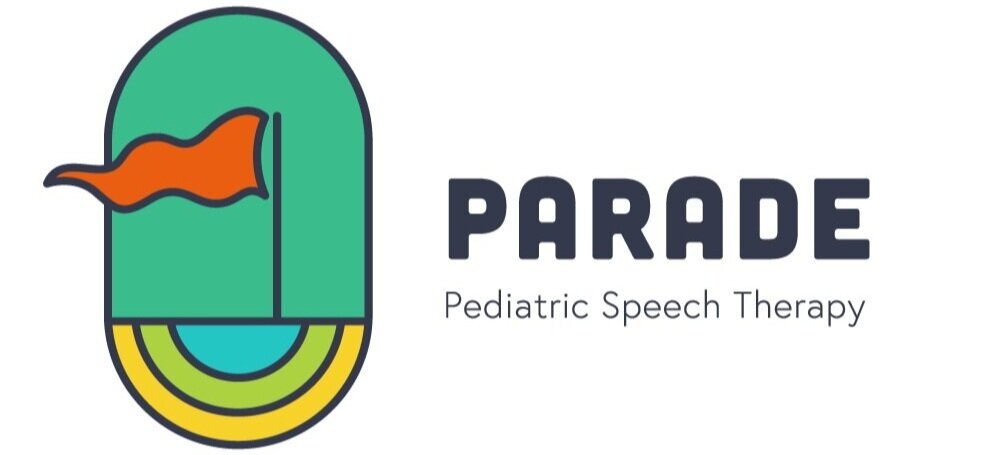I Think My Child May Be a Gestalt Language Processor…Now What?
Have you been hearing more about gestalt language processing lately? Are you wondering if your child is a gestalt language processor or are you a speech therapist or provider with suspected gestalt language processors on your caseload?
If you’re not sure, check out my blog post on identifying gestalt language processors.
Once you’ve identified that your learner may be a gestalt language processor, how can you support your child’s natural language development?
Affirm their gestalts.
A gestalt is an imitated phrase from another source. Another word for gestalt is echolalia or a script. Gestalt language processors imitate language from sources such as videos, other people, and music and will repeat it later. This is called delayed echolalia. Gestalts have meaning to the learner but sometimes we don’t know the exact meaning of a gestalt. For example, a child may say, “Balloons and presents,” in response to a question like “How are you?” or in an attempt to communicate something. Even though you’re not sure what it means, affirm it by repeating it back to the child. I often say something like, “I heard, ‘Balloons and presents,’ I wonder what that means.” Become curious as to what it might mean to the child.
Don’t try to eliminate echolalia or gestalts.
Before I knew about gestalt language processing, I used to tell kids that their scripts or gestalts were not “on topic,” since the gestalts often seemed out of context to me. For example, if I was talking about a toy train that we were playing with and the child said something like, “To infinity and beyond!” I would redirect them to say something about the train. Now I know that echolalia communicates and that my clients were trying to communicate something meaningful when they used gestalts or echolalia. Gestalt language processors pick up gestalts during times of great emotion or meaning, so when we try to eliminate them, we are shutting our kids down from communicating to us what’s important to them. It’s important to be open to what the gestalts might mean, instead of invalidating them.
Identify where the gestalts are coming from.
We can’t take most gestalts literally. In the example above, the child may have said, “To infinity and beyond!” to communicate that they were excited to play the trains with me. Instead of taking a gestalt literally, do some investigative work to find out where the child imitated the gestalt from, such as a show, character or person in your child’s life. What could they have been feeling when they watched that part of the show, or when someone else said that phrase? The gestalt they picked up and are using now may hold that feeling, and it’s on us to do the investigative work to find out what the phrase might mean to the child.
Reduce direct questioning and narrate instead.
Do you find yourself asking your child questions, but having a hard time understanding what your child wants or needs? If you suspect that your child is a gestalt language processor, try using more declarative language instead of peppering your child with questions. For example, instead of asking, “What’s your favorite color?” you can narrate instead, by saying, “I like this red block.” This way you are decreasing demand for the child to answer your direct questions which can be stressful if your child is not in Natural Language Acquisition Stage 4 or above, and you’re modeling language for your child.
Learn about the Natural Language Acquisition (NLA) approach.
Did you know that if your child is a gestalt language processor, that traditional speech therapy techniques used for analytic language processors won’t work? Traditional techniques that we are taught such as increasing a child’s vocabulary by helping them name items with single words and using fill in the blank sentences can cause a gestalt language processor in the early stages of Natural Language Acquisition to get stuck in their natural language development. Gestalt language processors need different support to develop novel language, and the strategies are completely different from what traditional speech therapy looks like. You’ll first need to identify what Stage of NLA your child is in to figure out what language to model for your child.
Program gestalts on a child’s AAC device.
If a child uses Augmentative and Alternative Communication (AAC) device, program their gestalts in the folder on the device that makes the most sense as to what the child may be trying to communicate. For example, if a child says, "To infinity an beyond!” to communicate excitement or joy, program this gestalt under the “feelings” page in their device, next to the other feelings. Program the entire gestalt on one button, so that when the child hits that button they will hear their entire gestalt.
Partner with a speech therapist trained in gestalt language processing.
By working with a speech therapist who is trained in gestalt language processing, you can support your child to develop novel language to express their ideas! The more you know about gestalt language processing and how to model the right language for your child, the more you can help your child express their original thoughts for improved communication. I am trained by Meaningful Speech on gestalt language processing and I have years of experience using this framework to support children who use echolalia to communicate! Contact me for a free consultation if you’d like to learn more about how we could work together to support your child.
Reference: Marge Blanc
Related Blog Posts
What is Gestalt Language Processing?
How Do I Know If My Child Is a Gestalt Language Processor?

